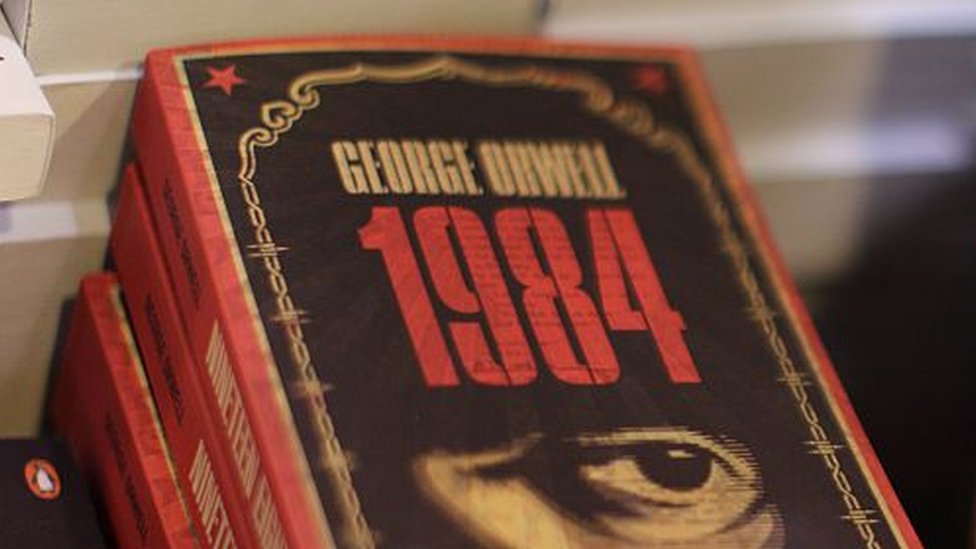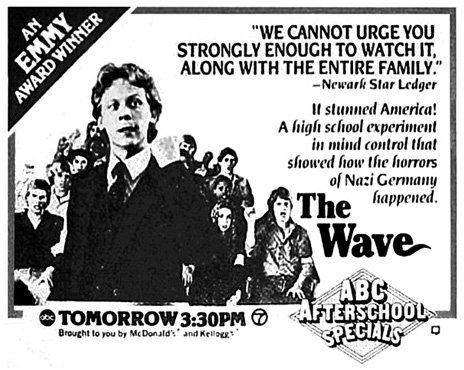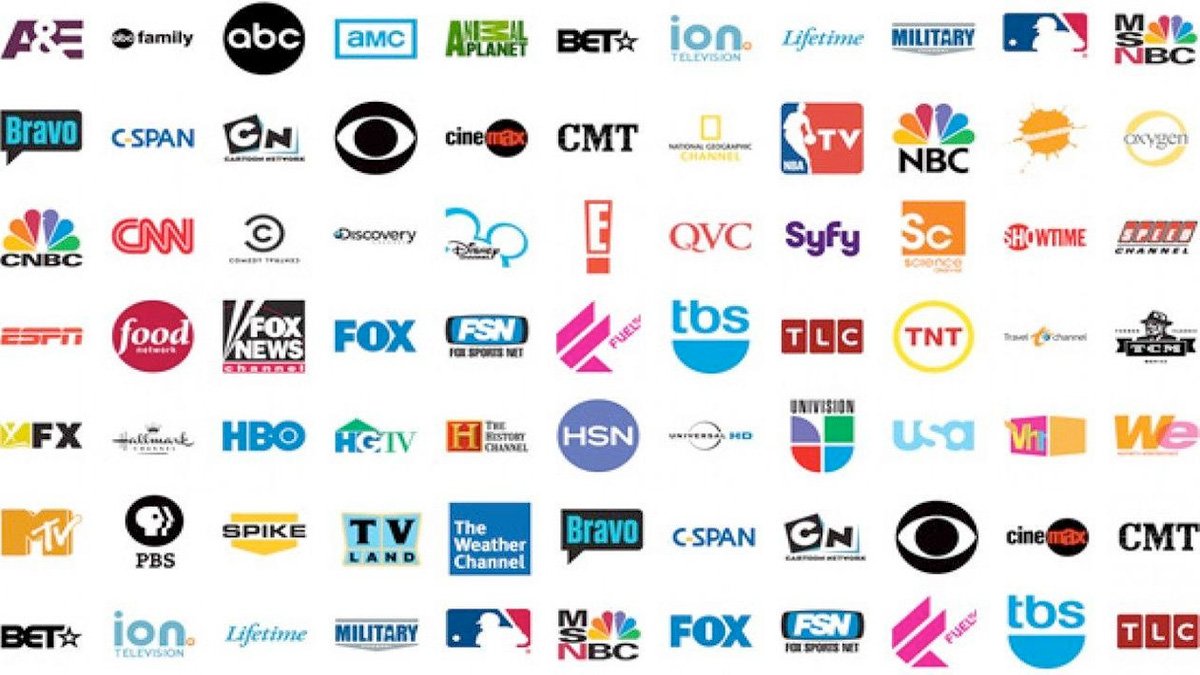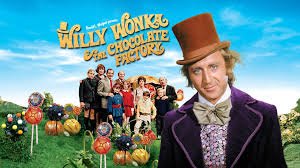Orwell’s Book “1984”: and Real-World Parallels (1984–2025)
1. Mass Surveillance (Big Brother)
In the book 1984:
The Party monitors citizens constantly through telescreens, microphones, and informants to suppress dissent.
In reality:
- 1984–2001: Governments increased digital data collection as computers and networks expanded.
- Post-9/11 (2001): The Patriot Act in the U.S. and similar laws worldwide gave governments broad surveillance powers.
- 2013: Edward Snowden revealed the NSA’s PRISM program, which collected data from tech companies — echoing Orwell’s warning that “Big Brother is watching you.”
- Today: AI-driven monitoring, facial recognition, and smartphone tracking raise similar debates about privacy versus security.
2. Manipulation of Truth (“Ministry of Truth”)
In the book 1984:
History is rewritten daily to make the Party always appear correct; objective truth is erased.
In reality:
- Cold War propaganda (1980s) on both sides reshaped history and public perception.
- Social media era (2010s–2020s): “Fake news,” deepfakes, and algorithm-driven echo chambers blur fact and fiction.
- Modern revisionism: Governments, corporations, and media outlets sometimes reshape narratives — from downplaying economic issues to framing political scandals.
Orwell’s “doublethink” lives on when citizens accept contradictory statements as both true and false depending on the source.
3. Perpetual War and Fear
In the book 1984:
The Party keeps citizens obedient through endless wars against vague enemies.
In reality:
- Cold War proxy conflicts (1980s–1990s) maintained fear and nationalism.
- War on Terror (2001–present): An open-ended global struggle, similar in tone to Orwell’s “permanent war” that justifies state control and surveillance.
- Today: Constant focus on geopolitical rivals (Russia, China, etc.) keeps fear and tension alive — though the details shift, the structure remains familiar.
4. Language Control (“Newspeak”)
In the book 1984:
Language is simplified to limit thought — if words don’t exist, neither can rebellion.
In reality:
- Political correctness and rebranding: Words and labels are constantly redefined (“collateral damage” instead of “civilian deaths,” “enhanced interrogation” instead of “torture”).
- Online discourse: Algorithms amplify simplified slogans over complex ideas.
- AI-generated content: Increasingly shapes what people see and believe, narrowing the range of expression and interpretation — a modern form of Newspeak.
5. Social Division and Control (“Two Minutes Hate”)
In the book 1984:
Citizens unite in hatred of the Party’s enemies; emotional manipulation replaces reason.
In reality:
- 24-hour news and social media fuel outrage cycles.
- Partisan polarization in politics mirrors the Two Minutes Hate — each side’s media vilifies the other, creating loyalty through anger.
- Online “cancel culture” and digital mobs are modern equivalents of Orwell’s public shaming and social conformity.
6. Erasure of Privacy and Individuality
In the book 1984:
Individual relationships are discouraged; loyalty must belong only to the Party.
In reality:
- Data economy: People trade personal privacy for convenience — every click, location, and purchase is tracked.
- Social media culture: Encourages curated, conformist identity rather than genuine individuality.
- AI personalization: Shapes what we see, subtly aligning our preferences with corporate or political goals — a soft version of Orwellian control.
7. The Power of the State vs. The Power of the Individual
In the book 1984:
The individual is powerless against an all-seeing government.
In reality:
- While democratic systems still exist, bureaucratic and corporate power have expanded far beyond the average citizen’s control.
- Whistleblowers and journalists face persecution similar to Orwell’s rebels (e.g., Assange, Snowden).
- Yet, citizens now also have unprecedented power — through social media, decentralized finance, and open AI — to challenge authority.
Conclusion
Orwell didn’t predict exactly what would happen — but his structure of control (surveillance, propaganda, emotional manipulation, perpetual fear) remains eerily relevant. The tools changed — smartphones instead of telescreens, algorithms instead of ministries — but the human dynamics are nearly identical. How did Orwell know? Well, research about him as revealed that he worked with and associated with those in position who talked about the future they were planning.




